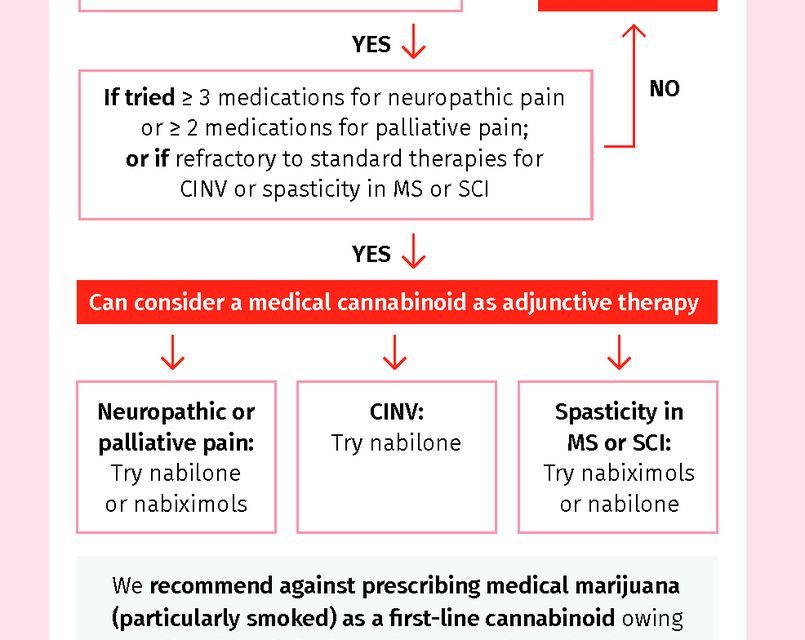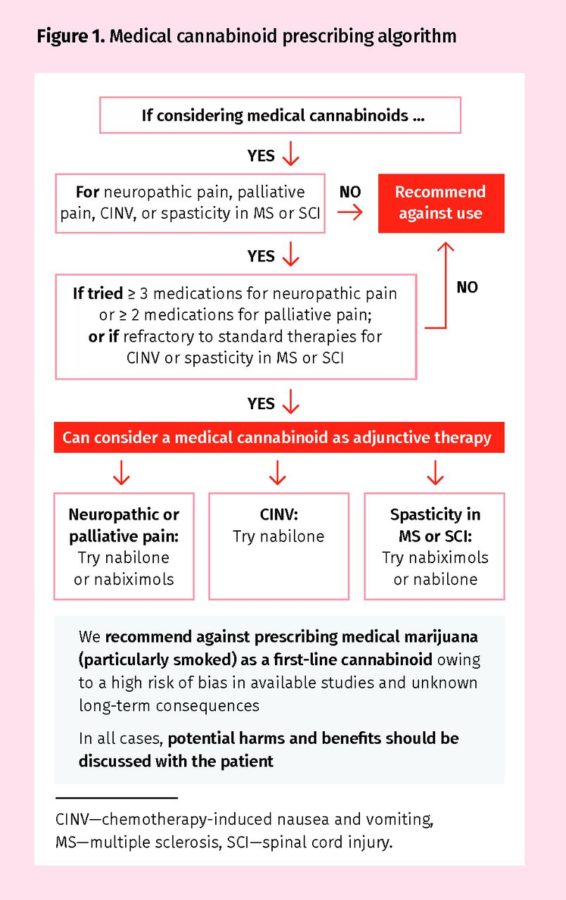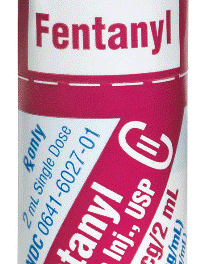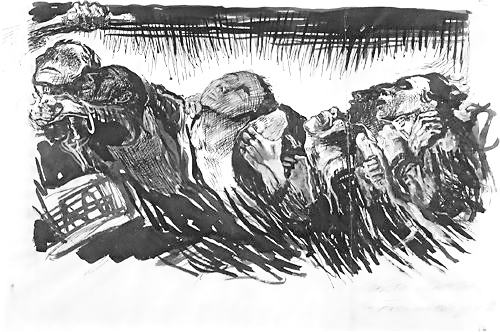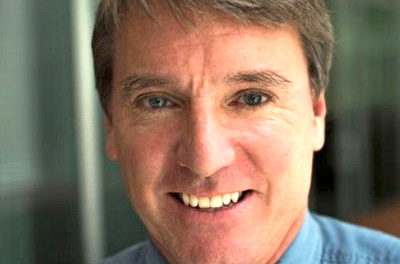February 23, 2018 The new issue of Canadian Family Physician exemplifies the neo-Prohibitionist response to the medical marijuana movement. Practitioners are warned:
“Although medical marijuana and cannabinoids have been promoted for an array of medical conditions, and medical use in Canada has grown sharply, the evidence base is challenged by bias and a lack of high-level research, and physicians are left with little guidance about effectiveness. This issue of Canadian Family Physician contains a systematic review of systematic reviews focusing on the conditions for which medical cannabinoids have the best evidence base and the highest likelihood of having medical advantages. It also contains simplified cannabinoid prescribing guidelines (page 111), developed from the findings of the review, to support physicians and patients in shared, informed decision making.
Thanks to Bonni Goldstein, MD, who forwarded the editorial by Roger Ladouceur, which begins:
This month, Canadian Family Physician is publishing a systematic review of studies evaluating the use of medical cannabinoids. After identifying 1085 articles and retaining 31 relevant publications, the authors arrived at the following conclusions: reasonable evidence exists to support the use of cannabinoids for treating nausea and vomiting associated with chemotherapy; these products might improve spasticity, particularly in multiple sclerosis; and it is uncertain whether cannabinoids are capable of relieving pain, although if they do they only relieve neuropathic pain (with rather modest benefits). However, adverse effects frequently occur, to the point where the authors indicated that the anticipated benefits must be very high before considering the use of these products. They also add the following:
The evidence indicates the most consistent effects of medical cannabinoids are adverse events. A variety of adverse events have a greater magnitude of effect than the potential benefits for the conditions targeted.
The conclusions drawn by this analysis are not surprising. Study after study, analysis after analysis, and review after review have all reported the same findings: cannabis has little place within current therapeutic arsenals, except as a last resort in very specific situations or when nothing else has worked.
Dr. Goldstein commented, “Sometimes I think I must live in a different universe.”
The decision tree provided by Canadian Family Physician to would-be cannabis-approving physicians is even more Prohibitive than the decision tree recently adopted by the Medical Board of California (which the Society of Cannabis Clinicians is trying to get revised).

